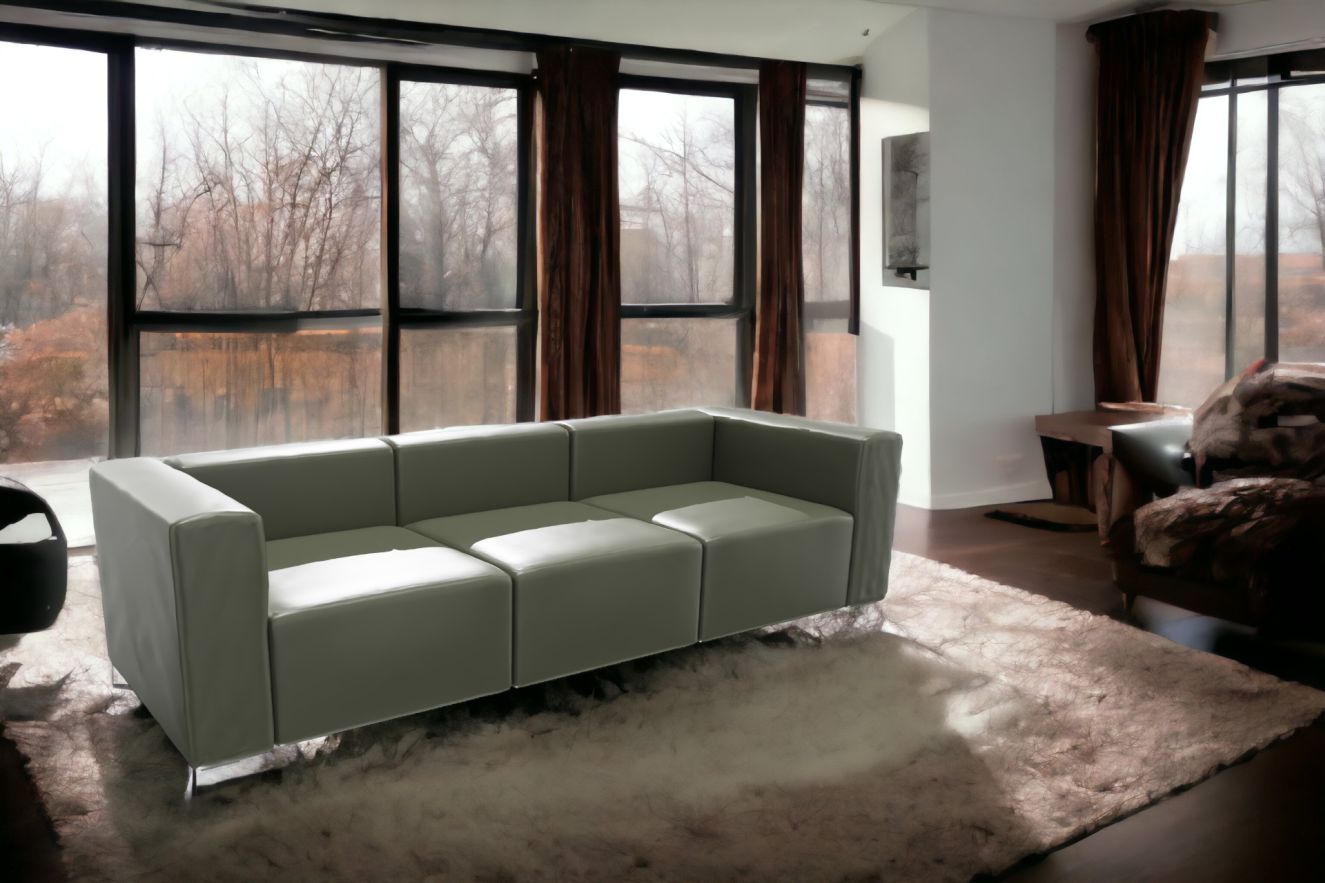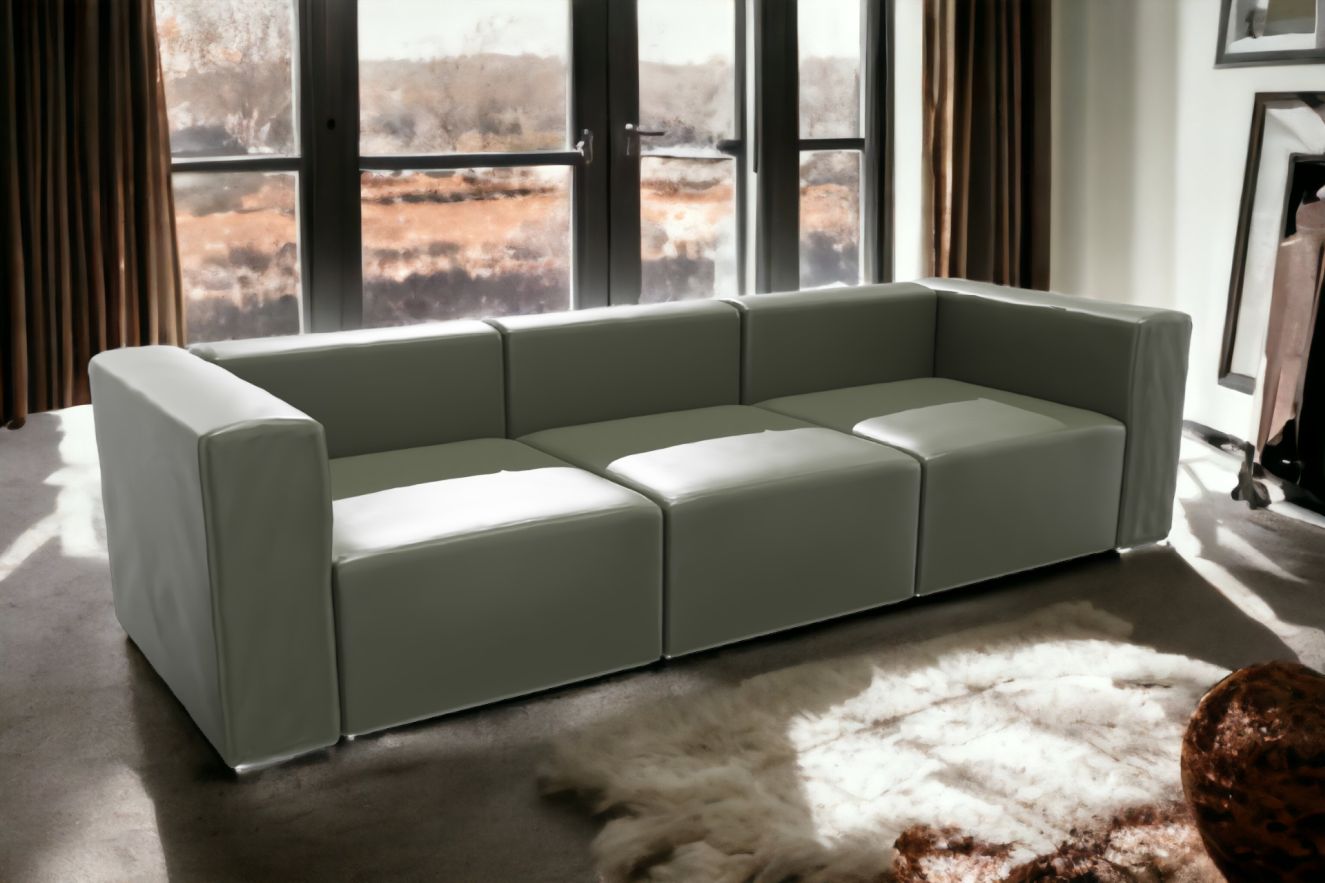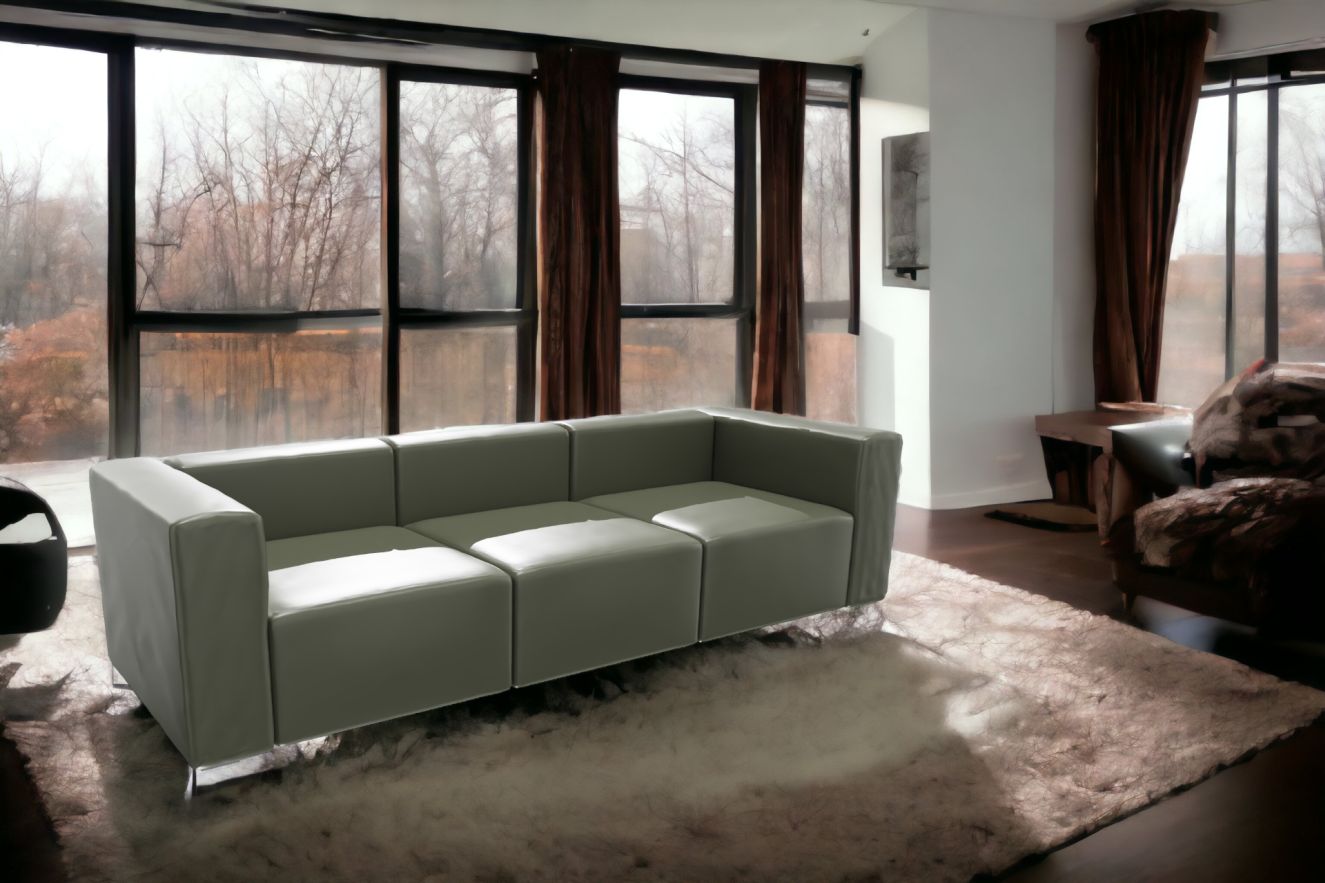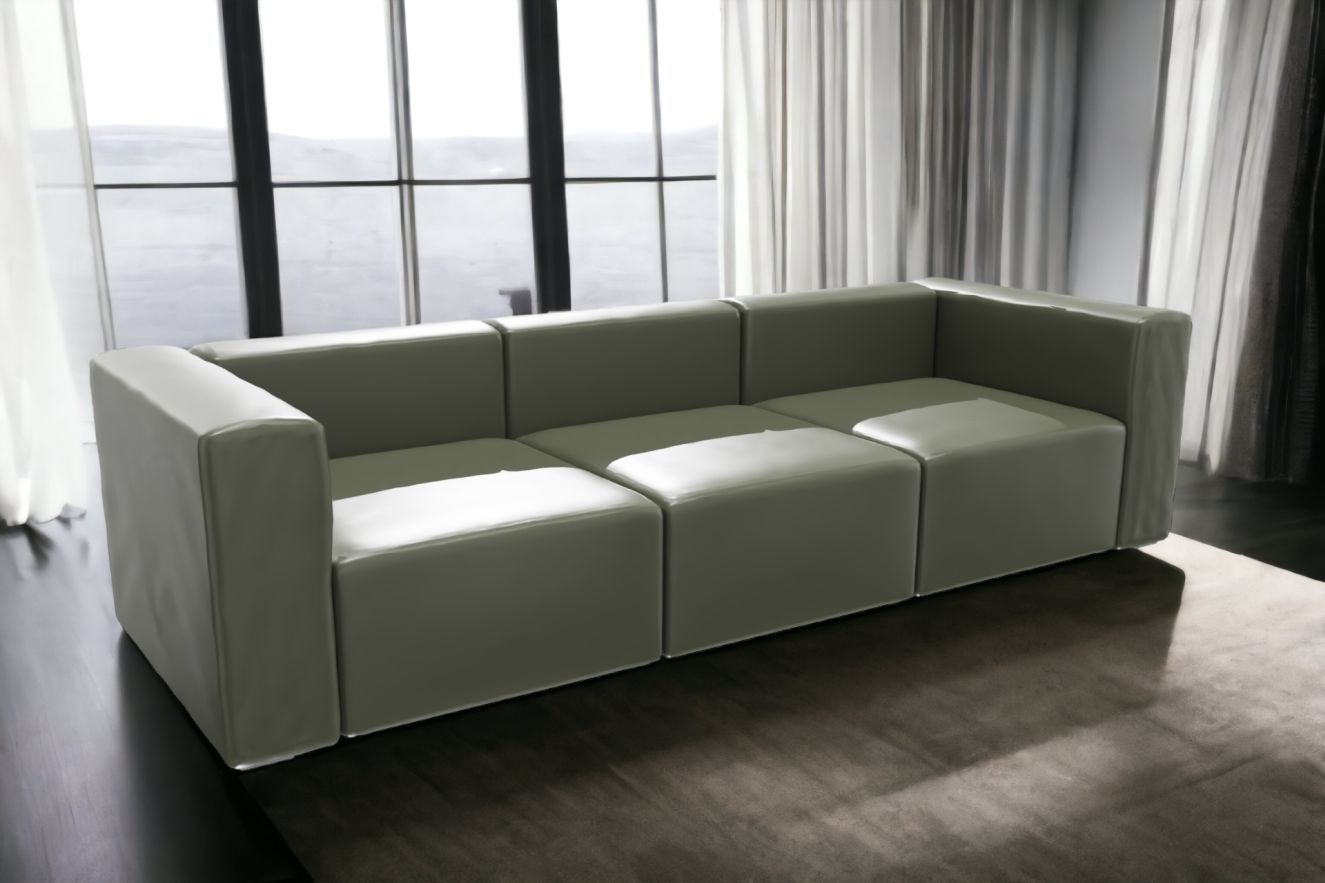Relaxed posture: Mags Sofa by Hay
Rounded edges and soft cushions create a relaxed and comfortable look - but the Mags Sofa by Hay is much more than just comfortable. It is available in many different variations so that everyone can find their favourite model.
A solid construction and durable foam make comfort and longevity the core values of this designer sofa. Down padding also ensures a particularly pleasant sitting and reclining experience. The perfect sofa for cosy days.
Material and format
The frame of the Mags sofa is made of wood. The upholstery consists of polyurethane foam with a spring core. The legs are made of black lacquered pine. The sofa is close to the floor, which means that you cannot vacuum underneath it. You can see the exact dimensions of the sofa under Dimensions/Info or in the technical drawing in the picture material.
Are you looking for a different model, in a different colour or with a different cover?
We offer the sofa here with prefabricated covers. On request, you can also get this sofa with other covers and colours. Simply contact us if you are interested. You can also get a first impression under "Downloads", where you will find further information about the sofa series.
Fabric material of the shown combination
Hallingdal
The fabric Hallingdal by Kvadrat consists of 70% virgin wool and 30% viscose. It is considered an icon of textile design and is the first wool fabric produced by Kvadrat. The two materials used to make it complement each other perfectly: wool gives Hallingdal durability and flexibility, while viscose gives the fabric a brilliance of colour and depth.
Hallingdal has a resistance of 100,000 Martindale. The Martindale method is used to test fabrics for abrasion resistance. For private rooms, the minimum requirements are 10,000 to 15,000 Martindale. In public areas, these are 25,000 to 45,0000.
The pilling of the fabric is 3-4 (the ISO rating scale is 1-5, with 5 being the best). Pilling is the technical term for the formation of matted fibre ends, known as "pills", which can occur on the surface of a fabric due to wear and tear.
The lightfastness rating for Hallingdal is 7. This unit of measurement is used to indicate how textiles behave when exposed to light. The rating scale here ranges from 1-8, with 8 being the best grade. The light fastness doubles with each level, which means that the same amount of fading takes twice as long.
Divina Melange
The Divina Melange fabric is made of 100% virgin wool. The lively fabric is reminiscent of felt, it is simple and offers a particularly versatile colour palette. Divina Melange is rolled, transforming the fabric from a coarse to a soft and even felt-like surface.
Divina Melange has a resistance of 45,000 Martindale. The Martindale method is used to test fabrics for abrasion resistance. For private rooms, the minimum requirements are 10,000 to 15,000 Martindale. In public areas, these are 25,000 to 45,0000.
The pilling of the fabric is 3 (the ISO rating scale is 1-5, with 5 being the best). Pilling is the technical term for the formation of matted fibre ends, the so-called "pills", which can occur on the surface of a fabric due to wear.
The lightfastness rating for Divina Melange is 6-7. This unit of measurement is used to indicate how textiles behave when exposed to light. The rating scale here ranges from 1-8, with 8 being the best grade. The light fastness doubles with each level, which means that the same amount of fading takes twice as long.
Linara
The fabric Linara is a cotton-linen mix. It consists of 63% cotton and 37% linen. Linara knows how to convince with a wide range of colours. Its feel is described by the manufacturer Romo as peach skin, which can have a luxurious touch. Romo also emphasises the durability for Linara.
Linara has a resistance of 36,000 Martindale. The Martindale method is used to test fabrics for abrasion resistance. For private rooms, minimum requirements are 10,000 to 15,000 Martindale. In public areas, these are 25,000 to 45,0000.
The pilling of the fabric is 4 (the ISO rating scale is 1-5, with 5 being the best). Pilling is the technical term for the formation of matted fibre ends, known as "pills", which can occur on the surface of a fabric due to wear.
The lightfastness rating for Linara is 5. This unit of measurement is used to indicate how textiles behave when exposed to light. The rating scale here ranges from 1-8, with 8 being the best grade. The light fastness doubles with each level, which means that the same amount of fading takes twice as long.
Steelcut
The fabric Steelcut consists of 90% virgin wool, worsted yarn and 10% nylon. The fabric is characterised by its exceptional durability, pleasant feel and special depth of colour.
Steelcut has a resistance of 100,000 Martindale. The Martindale method is used to test fabrics for their abrasion resistance. For private rooms, minimum requirements are 10,000 to 15,000 Martindale. In public areas, these are 25,000 to 45,0000.
The pilling of the fabric is 3-4 (the ISO rating scale is 1-5, with 5 being the best). Pilling is the technical term for the formation of matted fibre ends, the so-called "pills", which can occur on the surface of a fabric due to wear.
The lightfastness rating for Steelcut is 6. This unit of measurement is used to indicate how textiles behave when exposed to light. The rating scale here ranges from 1-8, with 8 being the best. The light fastness doubles with each level, which means that the same amount of fading takes twice as long.
